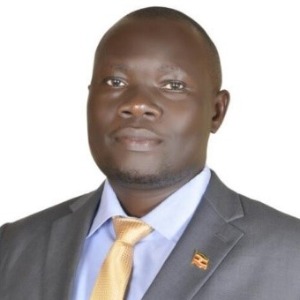Title : Prevalence, intensity, and risk factors of Schistosoma mansoni and other intestinal parasites: A cross-sectional study in rural agricultural communities of Lango sub-region, Uganda
Abstract:
Background: In developing countries such as Uganda, intestinal parasitic infections and schistosomiasis remain a serious threat to public health. Local epidemiological data is critical for prevention and control of the disease. This study aimed to determine the prevalence, intensity, and risk factors of schistosomiasis and other intestinal parasite infections among rural agricultural communities in the Lango sub-region, Northern Uganda.
Methods: A cross-sectional study was carried out in Lira city, Kole, and Lira district in the Lango sub-region, Northern Uganda, involving 438 participants aged between 5 and 85 years. Urine and stool samples were collected and examined for parasites using urine Circulating Cathodic antigen (POC-CCA), filtration methods, and the Odongo-Aginya technique. Information on socio-demographic factors and other predisposing factors to infections were obtained using questionnaires. Descriptive analyses using frequency and percentages were used to summarize the independent and dependent variables. Pearson's chi-square test and multivariable logistic regression models were used to determine the association between Schistosoma mansoni infections and risk factors.
Results: The overall prevalence of parasitic infections using the Odongo-Aginya method was 120/438 (27.4%). Schistosoma mansoni was the dominant parasite with 93/438 (21.2%), and Ascaris lumbricoides (2.5%), Entamoeba complex (0.9%), Hookworms (0.7%), and Entamoeba coli, Enterobius vermicularis and Diphylobothrium latum with (0.5%), respectively, and Trichuris trichura, Fasciola hepatica, Giardia lamblia, Strongyloides stercolaris, Paragonimus westermani and Tristrongylus ova (0.2%). Schistosoma haematobium was not detected in the study. There were light, moderate, and heavy infections with S. mansoni among the participants with 66(72%), 24(26%), and 2(2.2%), respectively. According to multivariable logistic regression analysis, participant age (AOR = 1.448, 95% CI: 1.207-1.737, P< 0.001), and sub-county location (AOR= 1.837, 95% CI: 1.274-2.650, p< 0.001) were significantly associated with S. mansoni infection.
Conclusion: The study reveals that Schistosoma mansoni infections is still highly prevalent in Lango Sub-region, with age and sub-county location as major risk factors. The findings highlight an ongoing public health challenge, particularly among high-risk age groups and in specific localities. Targeted interventions, such as sustained mass drug administration of at-risk population groups and locations, improved access to safe drinking water, and community health education, are essential to reduce infection rates and improve overall well-being in affected areas.



